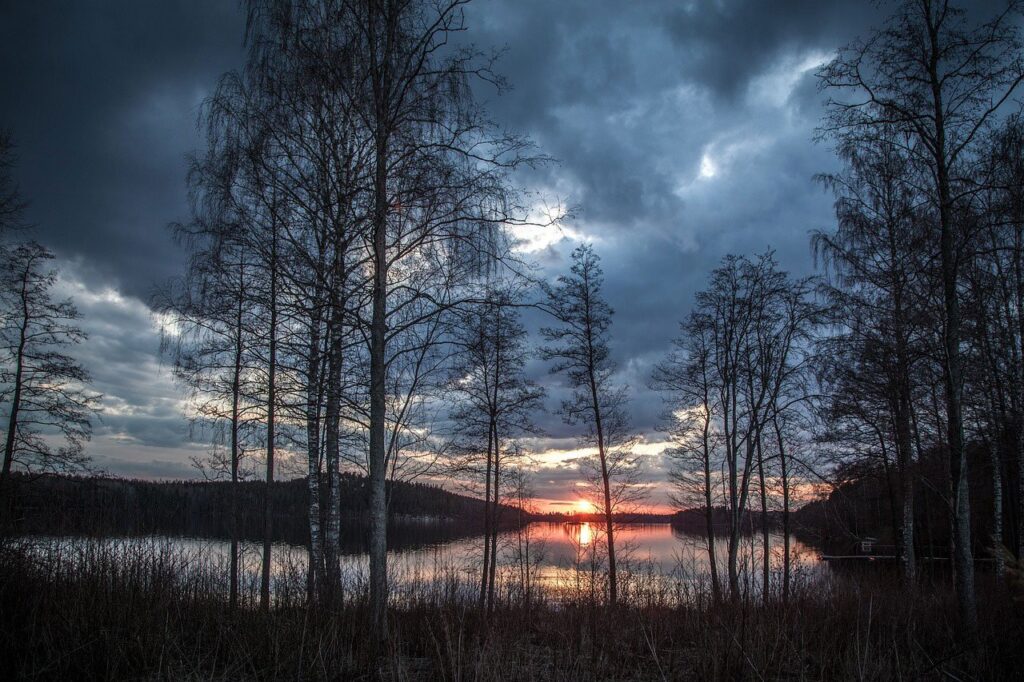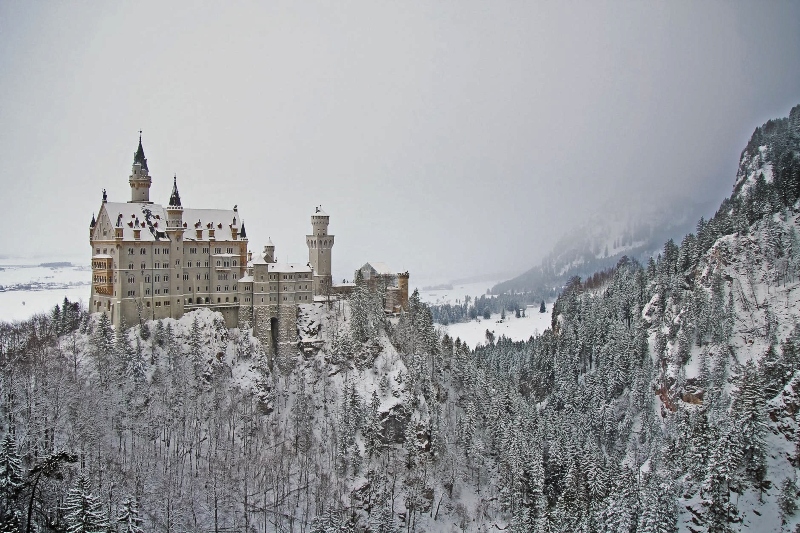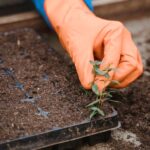Now Reading: The Unyielding Force of Nature: Understanding Natural Disasters
- 01
The Unyielding Force of Nature: Understanding Natural Disasters

The Unyielding Force of Nature: Understanding Natural Disasters
Natural disasters, from the roaring winds to the earth-shaking tremors of earthquakes, are some of the most awe-inspiring and devastating forces on our planet. These events remind us of nature’s raw power and unpredictability, often resulting in destruction, displacement, and tragedy. But what drives these phenomena? How can we better prepare for them?
The Types of Natural Disasters
Natural disasters can be broadly categorized into several types:
- Meteorological Disasters: Hurricanes, tornadoes, blizzards, and severe storms fall under this category. These events are primarily driven by atmospheric conditions and can lead to flooding, property destruction, and loss of life.
- Geological Disasters: Earthquakes, tsunamis, and volcanic eruptions are geological calamities that occur due to tectonic movements beneath the earth’s surface. They often happen without warning, wreaking havoc on communities.
- Hydrological Disasters: Floods and landslides are often caused by excessive rainfall or rapid snowmelt. They can destroy infrastructure, displace populations, and cause significant loss of life.
- Climatic Disasters: Droughts and wildfires are linked to extended periods of heat and minimal rainfall. These slow-onset disasters can devastate crops, threaten wildlife, and lead to food insecurity.
The Impact of Natural Disasters
The consequences of natural disasters are profound and multifaceted. Beyond the immediate physical destruction, they have long-lasting effects on communities and economies.
- Humanitarian Impacts: Natural disasters can lead to significant casualties and injuries. Moreover, millions may find themselves homeless or without access to basic necessities like clean water and medical care.
- Economic Consequences: The financial toll can be staggering. Repairing infrastructure, homes, and businesses takes years and immense resources. Insurance claims can skyrocket, placing stress on both local and national economies.
- Environmental Effects: The aftermath of a disaster can drastically alter ecosystems. Forests may be destroyed by wildfires, while floods can lead to soil erosion and the destruction of habitats.
Preparing for Natural Disasters
While we can’t prevent natural disasters, we can certainly prepare for them. Here are some steps individuals and communities can take to mitigate their impact:
- Risk Assessment: Understand the types of disasters that are likely to occur in your area. Local governments often provide resources and information on risks associated with specific locations.
- Emergency Kits: Assemble emergency kits containing food, water, first-aid supplies, flashlights, and important documents. Keep these kits in easily accessible locations.
- Community Planning: Engage in community preparedness programs. Collaborating with neighbors and local organizations can lead to more effective responses.
- Education: Stay informed about disaster response plans and evacuation routes. Participating in drills can ensure that everyone knows what to do in a crisis.
Conclusion
Natural disasters are an undeniable part of our world; they test our resilience and reveal the strength of the human spirit. While we cannot control nature, we can certainly learn from it. By understanding the causes, impacts, and preparation strategies, we equip ourselves with the knowledge needed to face these formidable forces head-on. In doing so, we foster not only survival but hope for recovery and rebuilding in the wake of disaster.




































